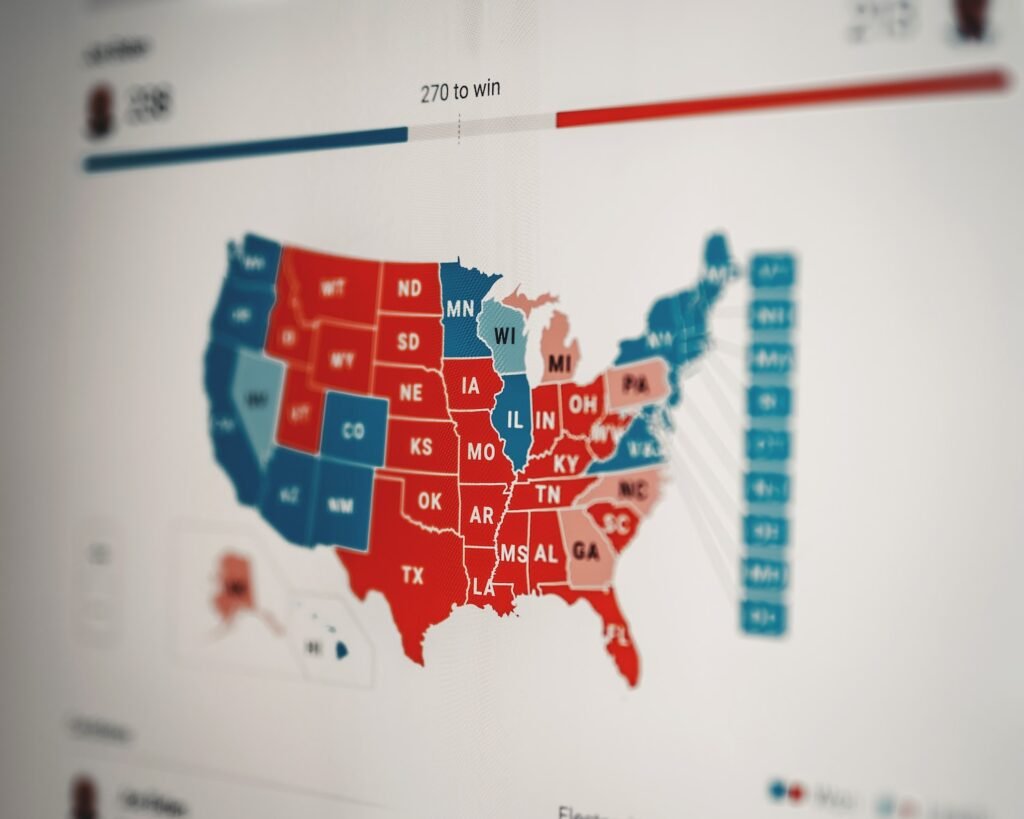Understanding Two-Party Dominance
In many democratic countries around the world, the political landscape is often dominated by two major parties. This duopoly, known as two-party dominance, has become a defining characteristic of modern democracies. While this system may seem stable and familiar, it is not without its perils. This article will explore the threats to democracy and ruling class ascendancy that are inherent in a two-party dominance system.

Historical Context: The Roots of Two-Party System
The roots of the two-party system can be traced back to early American politics, where the emergence of the Federalist and Democratic-Republican parties laid the foundation for this political structure. Over time, other countries also adopted a similar model, leading to the establishment of dominant parties that monopolize political power. This historical context helps us understand how the two-party system has become deeply ingrained in democratic systems.
Threats to Democracy: Limiting Political Choice
One of the main perils of two-party dominance is the limited political choice it offers to voters. With only two major parties to choose from, citizens are often left with a narrow range of options that may not fully represent their diverse perspectives and values. This can lead to voter frustration and a sense of disillusionment, eroding the foundations of a vibrant democratic society.
Lack of Representation: Narrowing Policy Discourse
Another danger of two-party dominance is the narrowing of policy discourse. With a limited number of parties in power, the range of ideas and policies that are seriously considered becomes constrained. This lack of representation can stifle innovative solutions and prevent alternative viewpoints from being adequately heard in the decision-making process. As a result, important issues and marginalized voices may be excluded from the political agenda.

Polarization and Partisanship: Stifling Compromise
Two-party dominance often fosters a climate of polarization and partisanship, where cooperation and compromise between opposing sides become increasingly rare. Party loyalty takes precedence over reaching consensus and finding common ground, leading to gridlock and an inability to address pressing societal challenges. This stifling of compromise can weaken the democratic process and hinder effective governance.
Voter Apathy: Disillusionment and Disengagement
The limited options and lack of representation in a two-party dominant system can also contribute to voter apathy. When citizens feel that their voices are not being heard or that their choices are limited, disillusionment and disengagement can follow. This apathy can undermine the legitimacy of the political system and result in lower voter turnout, eroding the foundations of a healthy democracy.
Monopoly of Power: Challenges to Pluralism
Two-party dominance often leads to a concentration of political power in the hands of a select few. This monopoly of power challenges the principles of pluralism and can result in a ruling class ascendancy. With limited competition, elites and special interest groups may exert undue influence over policy decisions, potentially undermining the democratic ideals of equality and fairness.
Ruling Class Ascendancy: Elites and Special Interests
The dominance of two major parties can perpetuate ruling class ascendancy, where elites and special interests wield significant influence over the political process. This can lead to policies that favor the wealthy and powerful, further marginalizing marginalized groups and widening societal inequalities. The concentration of power in the hands of a few can undermine the principles of democracy, where every citizen’s voice should be heard and represented.
Media Influence: Shaping the Political Landscape
In a two-party dominant system, the media plays a crucial role in shaping the political landscape. This influence can often be biased and reinforce the existing power dynamics. Media outlets may prioritize coverage of the two major parties, giving less attention to alternative voices and perspectives. This limited media exposure can perpetuate the dominance of the two major parties and hinder the development of a more diverse and inclusive political discourse.
Alternative Systems: Exploring Multi-Party Democracies
Contrary to the two-party dominance system, multi-party democracies offer a broader range of political choice and representation. In these systems, multiple parties with diverse ideologies and priorities compete for power, allowing for a more robust and inclusive political discourse. Countries such as Germany, the Netherlands, and Sweden have embraced multi-party democracies, providing valuable insights into the benefits of a more diverse political landscape.
Reforms and Solutions: Breaking the Two-Party Grip
To address the perils of two-party dominance, various reforms and solutions have been proposed. These include implementing electoral reforms like proportional representation, which ensures that parties are represented in proportion to their popular support. Opening up the political process to allow for the rise of new parties and independent candidates can also break the grip of the two-party system, fostering greater diversity and representation.
Nurturing a More Vibrant Democracy
While two-party dominance may have its perils, it is essential to recognize that nurturing a more vibrant democracy is a collective responsibility. By promoting electoral reforms, encouraging civic engagement, and demanding a more inclusive political discourse, citizens can actively work towards breaking the barriers imposed by a two-party system. Embracing diversity and pluralism in our political landscape is crucial for safeguarding democracy and ensuring that the voices of all citizens are heard and represented.

